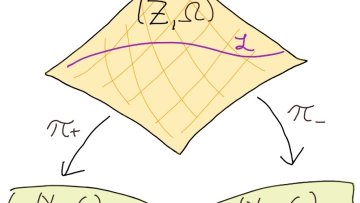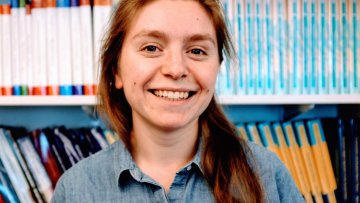14:00
Coordinate Deletion
Abstract
For a family $A$ in $\{0,...,k\}^n$, its deletion shadow is the set obtained from $A$ by deleting from any of its vectors one coordinate. Given the size of $A$, how should we choose $A$ to minimise its deletion shadow? And what happens if instead we may delete only a coordinate that is zero? We discuss these problems, and give an exact solution to the second problem.



